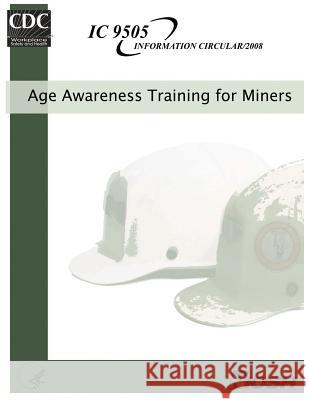Age Awareness Training for Miners » książka
Age Awareness Training for Miners
ISBN-13: 9781496001443 / Angielski / Miękka / 2014 / 136 str.
(Information Circular 9505) From the first day of new miner training until the day they retire, mine workers will experience changes due to the normal aging process. It is an unfortunate fact of life that many age-related changes result in diminished physical, sensory, or cognitive capabilities. Of course, workers also gain a tremendous wealth of experience, knowledge, and insight as they age, making them a vitally important resource for their company. Effective leveraging of this precious resource requires both an appreciation of the changes that occur with age and an understanding of methods that can be used to reduce the injury risk that may result. The purpose of this training is to provide the information necessary to accomplish these objectives. Aging workers may not necessarily have a higher injury risk overall; however, the effects of a musculoskeletal injury (MSI) on older workers may be more extreme. MSHA data show that not only does the percentage of MSIs increase when workers are over age 30, so does the number of days lost per injury. Protecting the safety and health of aging workers requires matching the demands of the job to worker capabilities. This means reducing or eliminating risk factors for injuries, such as heavy lifting, awkward postures, static postures, repetitive movements, and/or vibration exposures. In other cases, it may mean improving visibility or streamlining processes. Designing jobs to accommodate the changing capabilities of older workers will not only reduce injury risk for older workers, it will have the added benefit of protecting younger employees as well. Training objectives: After completing this training, miners will: Better understand age-related changes that everyone experiences; Identify work tasks and situations that put older workers at risk; Be familiar with ways to modify jobs to accommodate older workers; Know about lifestyle choices that can keep them healthier both on and off the job.
Zawartość książki może nie spełniać oczekiwań – reklamacje nie obejmują treści, która mogła nie być redakcyjnie ani merytorycznie opracowana.











